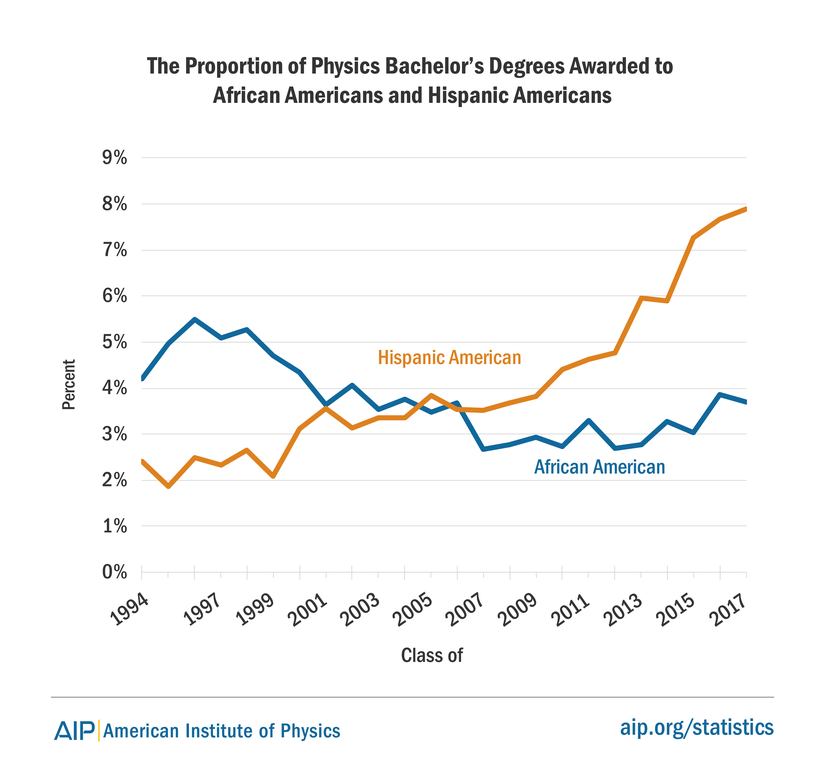
The UCR Department of Physics and Astronomy has been accepted to the American Physical Society Inclusion, Diversity, and Equity Alliance, or APS-IDEA, joining a consortium of physics departments, laboratories, and research collaborations committed to improving equity, diversity, and inclusion.
APS-IDEA, a network of nearly 100 institutions worldwide, addresses long-standing, systemic barriers that have led to underrepresentation of marginalized groups in physics.
According to the American Institute of Physics National Task Force to Elevate African American Representation in Undergraduate Physics & Astronomy, less than 4% of bachelor’s degrees in physics are awarded to African Americans and only 21% are awarded to women. The underrepresentation of these and other excluded groups, such as the LGBTQ+ community and ethnic minorities, has been attributed to a complex system of discrimination, harassment, and lack of a supportive environment.
According to Flip Tanedo, an assistant professor of physics and astronomy and recent recipient of a Commitment to Graduate Diversity Award, diversity in the UCR Department of Physics and Astronomy undergraduate enrollment comes largely from the Latino/a community.
“Many Latina undergraduate students are also first-generation college students,” said Tanedo, who was a first-generation university student and is the first Filipino-American faculty member of particle physics. “Physics is not a common major among first-generation students; so this is quite encouraging and suggests we are doing quite well in comparison to several other institutions.”
Of the 164 undergraduate students accepted into the department in Fall 2019, 80 identified as Chicano/Latino; 35 as Asian; 32 as white; eight as two or more races; six as international; two as Black/African American; and one as American Indian/Alaskan Native. Nearly 80% identified as male; the rest as female. Nearly 55% identified as first-generation, 40% were low-income, and more than 48% received Pell grants. Among female students, nearly 62% were first-generation.
The UCR team that made the application to APS-IDEA includes faculty, staff, and students in the department as well as Mariam Lam, vice chancellor and chief diversity officer.
Tanedo said the APS-IDEA effort was led by physics students, especially those from the relatively new Physics Organization for Womxn and the Under-Represented.
“When the APS IDEA leadership welcomed our team, they specifically were impressed by our past work and the fact that the efforts are student-led," he said.
In its response, APS-IDEA noted that “the review committee was unanimous in its opinion that this team should be accepted into the network. The committee was impressed with the department’s history of EDI efforts and the fact that the main driver of this application was its graduate students. The committee sees this as an opportunity for cultural change to occur in the department led both from the grass-roots level and the leadership.”
Within the UC system, physics departments at UC Berkeley, UC Davis, UC Irvine, and UC Santa Cruz have also been accepted into APS-IDEA.
The American Physical Society, representing more than 55,000 members, is a nonprofit membership organization working to advance and diffuse knowledge of physics.
Read the original article here:
